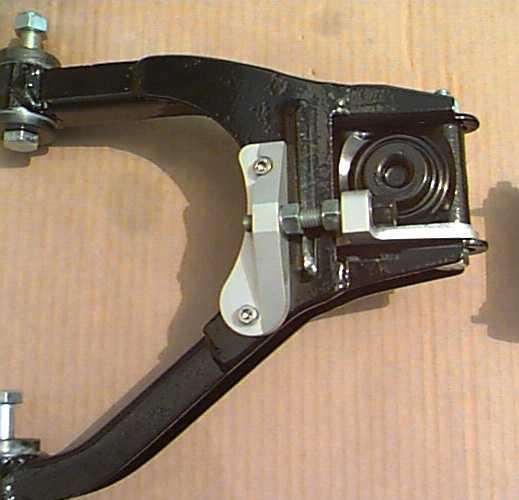There was only one auto shop that would align my car a couple of years ago. If it wasn't in their computer...they didn't want to bother. I used the alignment specs I got on this forum (thanks guys) and they supposedly followed them to do a 4 wheel alignment.
The car always tugged to the right on the highway a little, but I chalked that up to wide-ass tires and the crowning of the road. Well, it is clear to me that the inside edge of the driver side front tire is wearing much faster than it should. No unusual wear on any of the other 3.
What might cause this? I don't know whether they did a bad job in general, or ran out of adjustment and did a bad job on purpose! I called them and warned them that I would be bringing it back. After 2 years you could tell that they will accept no responsibility, but they are willing to do the job and that's what counts. I want to walk in with enough knowledge to discuss it intellegently with them. Especially if there is an inherent adjustability issue. I've seen Johnny Woods' Sitcky on rebuilding front upper A-arms and it made me wonder if this could be something I need.
The car has adjustable shocks and is sitting very low. The front tire is a 245 35 17, so it is very low profile as well.
Any help you can give me is appreciated.
Mooso.
Original Post


